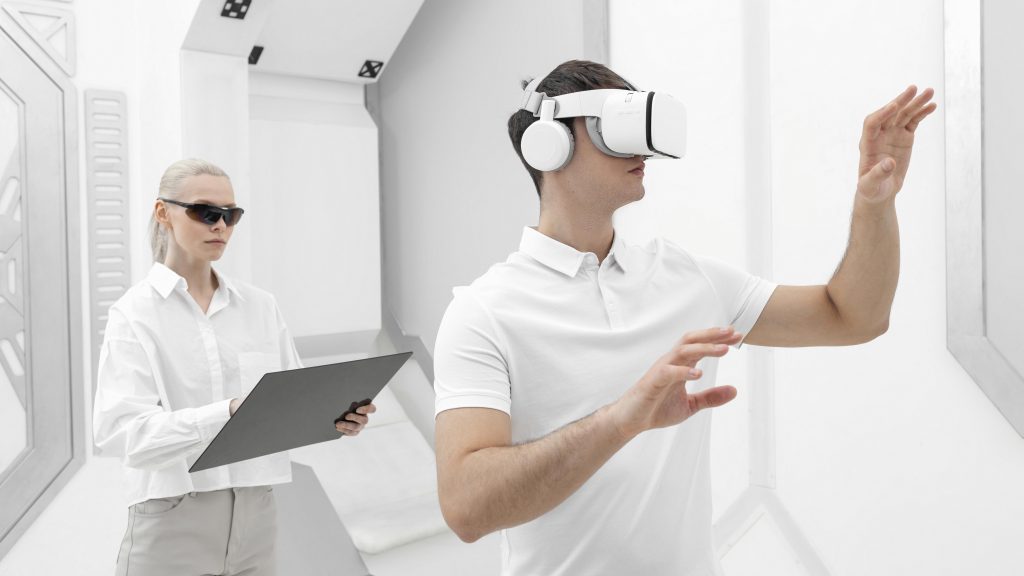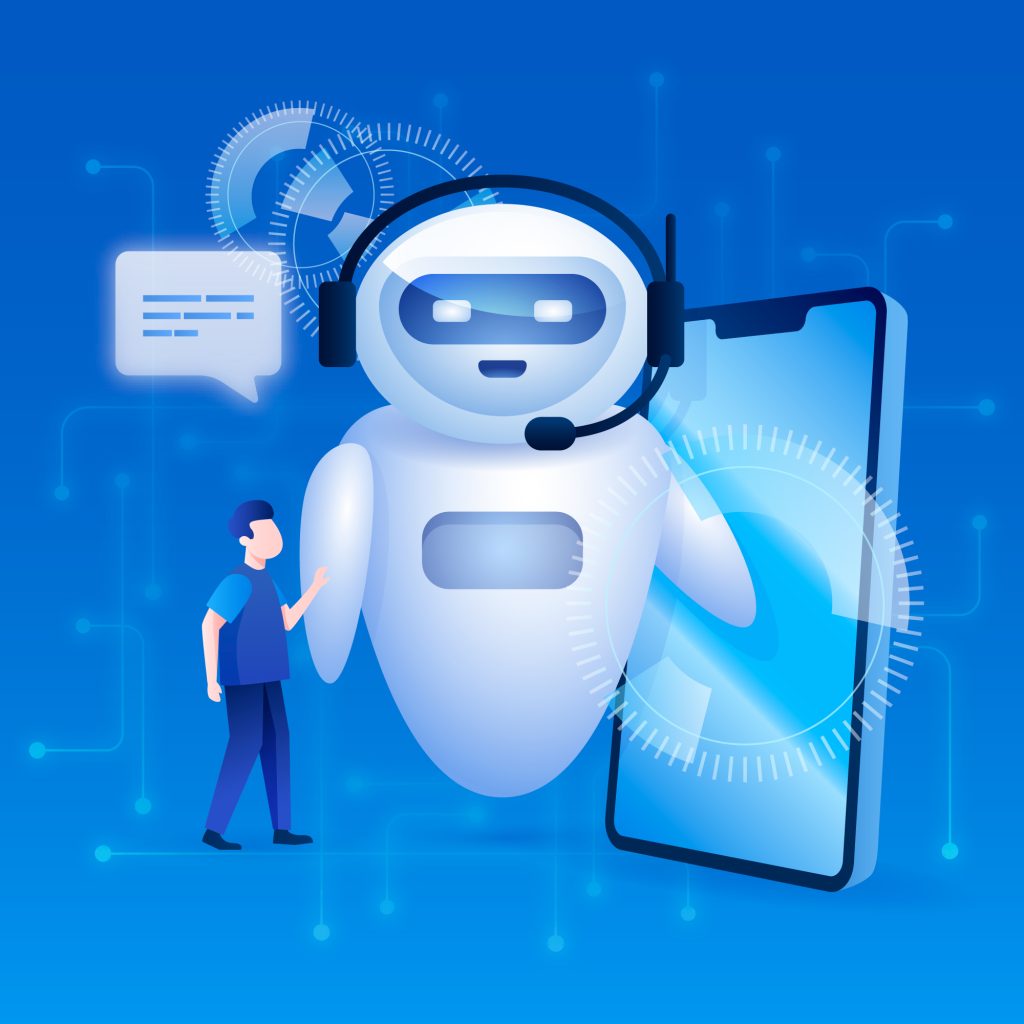Virtual Reality in Employee Onboarding: What’s Next?
Employee onboarding has traditionally been a blend of paperwork, meetings, and shadowing colleagues. But as companies embrace remote work and hybrid models, these conventional approaches are often inadequate. Enter Virtual Reality (VR)—a technology that is revolutionizing how organizations welcome, train, and engage new hires.
With solutions like Processify, businesses are now able to integrate VR into onboarding workflows, offering immersive, efficient, and interactive experiences that standard methods simply cannot match.
How VR is Transforming Employee Onboarding

- Immersive Learning Experiences
VR allows employees to interact with virtual workspaces, tools, and processes in real-time. Instead of reading manuals or attending lengthy webinars, new hires can simulate tasks, practice procedures, and gain hands-on experience—all within a safe virtual environment. Processify helps HR teams streamline these VR onboarding modules, making them accessible and easy to track. - Faster Adaptation and Productivity
Studies show that employees learn faster and retain more knowledge when training is interactive and immersive. By combining VR with workflow automation platforms like Processify, organizations can monitor progress, assign learning modules, and provide instant feedback, ensuring that new hires ramp up quickly. - Personalized Onboarding Journeys
Every employee has unique learning needs. VR can create tailored onboarding experiences that adapt to the pace and style of individual learners. With Processify, HR teams can track these customized journeys, integrate assessments, and adjust workflows to maximize engagement. - Remote-Friendly and Scalable
Onboarding remote employees has always been challenging. VR breaks down geographic barriers, allowing team members to experience company culture and collaboration virtually. Platforms like Processify make it easy to deploy these VR experiences across locations, ensuring consistency in training and onboarding processes.
What’s Next for VR in Onboarding?
- AI-Enhanced VR Training: The integration of AI with VR will create smarter simulations, adaptive learning paths, and predictive assessments to identify skill gaps in real time.
- Gamified Onboarding: VR-based gamification can make learning fun while reinforcing key processes and company policies.
- Data-Driven Insights: Platforms like Processify can analyze VR interactions to optimize onboarding content, measure engagement, and reduce attrition.
- Integration with Daily Workflows: VR training could seamlessly connect to an employee’s day-to-day tasks, offering contextual, on-demand learning in real scenarios.
Conclusion
Virtual Reality is not just a futuristic concept—it’s quickly becoming an essential tool for modern employee onboarding. When combined with workflow management platforms like Processify, VR can deliver immersive, efficient, and personalized experiences that accelerate learning, improve retention, and enhance overall employee satisfaction.
Organizations that adopt VR-powered onboarding today will be better positioned to attract top talent, foster engagement, and drive productivity in the hybrid and remote work era.


